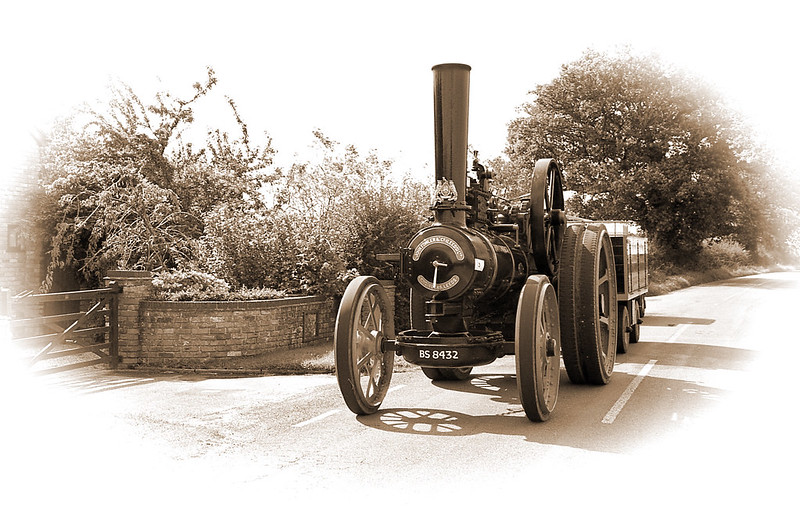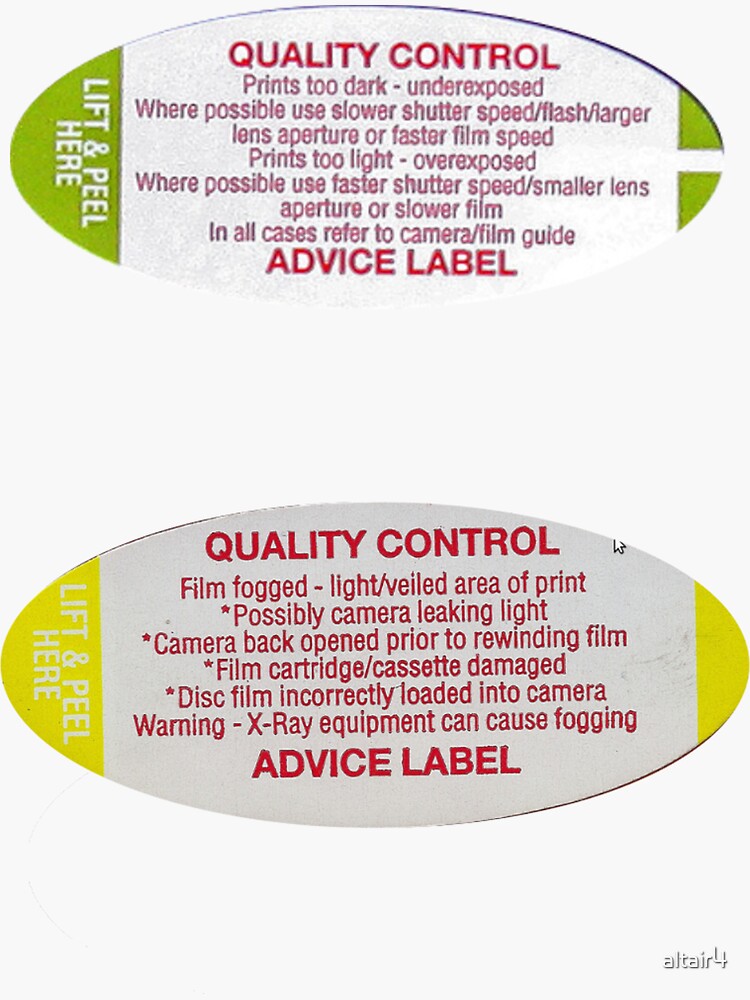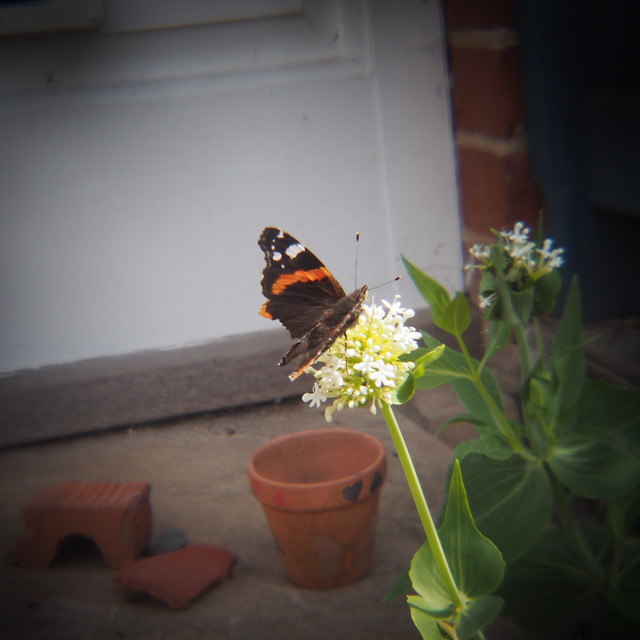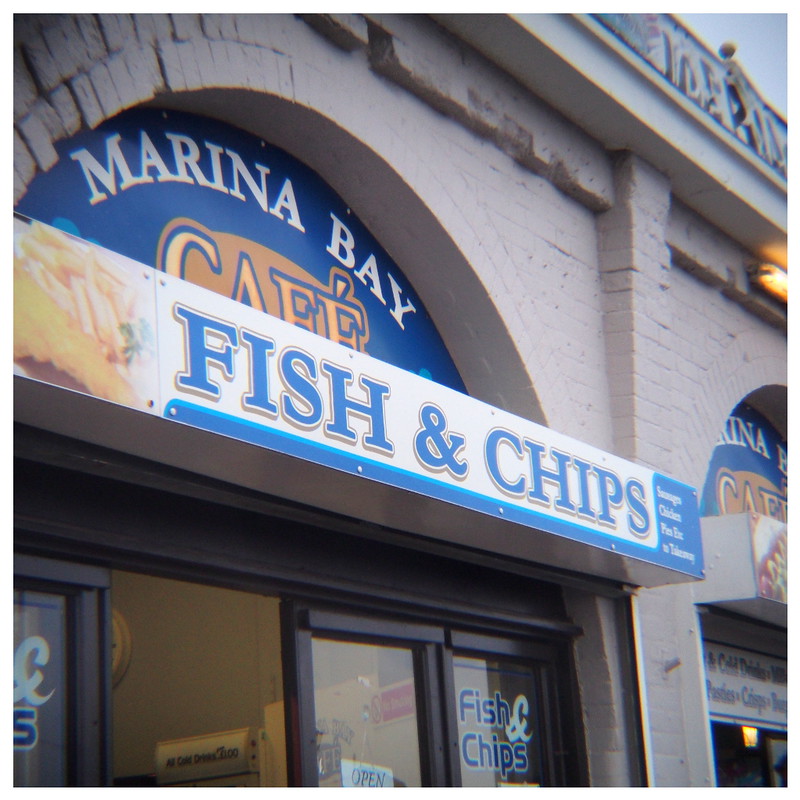If you look at the lines in the first photo, you'll see that it isn't out of focus. The hand is in focus, the word 'Scholl' is in focus, that white panelling at the right-hand side, about halfway down the shop is in focus. In fact, you have to look right at the back to see anything that's out of focus, and even then it's only slightly out. And this can happen if you shoot a photo with a narrow aperture (f/22, or even up to f/8, say) in a dark place.
The second photo looks as if it might well be in focus, or not far off. You can at least see detail in the faces. But this was not only taken in a dark place, the subjects have a couple of lights behind them. Most modern cameras, set to Auto mode (or too old to have anything but an Auto mode, will compensate for the brightness of the lights by dimming the whole scene down.
Both of the above situations will result in a photo that's too dark to make out any detail. And if you brighten up a photo that's like this, you'll get the kind of result you're seeing above. A washed-out look, no real black tones, blown highlights, and lots of the detail washed away by noise.
You can do this kind of thing with most cameras if you really want. Just put the camera into manual mode, choose a high f-stop number (f/22 or above), choose a very low ISO number (100 or less), then dial the shutter speed to a value that means that you can't see very much on the LCD (or through the viewfinder). You'll end up with dark photos with very little detail that will be easy to process so they look like the two above photos.
Or you can do it all in post-processing, so you have more control. Just load your photo into something like Lightroom that has a curves adjustment. Click on the small circle at the bottom left and drag it to about 1/4 to 1/3 of the way up. That on its own will get you most of the way there. If you haven't got a Curves adjustment, just drag the Blacks slider up to get a similar effect, though you'll have to drag the Shadows up a way to get the same effect as with the Curves too.
For the colour effect in the top photo, if it's not looking yellow enough, just drag the Temperature slider up. For the cooler look of the bottom one, drag it down slightly. Maybe add a dark-greenish filter effect. In fact, many post-processing programs have a built-in set of filters and effects, including those suitable for vintage photos.
In all honesty, though, you hit the nail on the head in your post. Really, they're just instant throwaway photos from an instant throwaway camera. They could be improved a lot, but you could obviously do much better with a decent camera. Even a cheap DSLR like the Nikon D5xxx series. As long as you learn the relationship between aperture (f/stop), shutter speed, and ISO, plus a little about colour balance, and how to manipulate all of those, you'll be off to a good start. It doesn't take long, and can last a lifetime.














